AFUL Performer5+2 - Dawn of a New Era
In 2022, which feels like an eon ago in the fast moving world of IEMs, the original Performer5 was released and brought the mysterious IEM manufacturer AFUL into the limelight. Three years and a steady supply of memorable releases later, AFUL is no longer a stranger but a well-known and admired IEM R&D powerhouse within portable audio communities. And now, three years, they finally return to revamp and update their first release, the beginning of their epoch. Today, we will take a look at the brand new Performer5+2 and catch a glimpse of a new era.
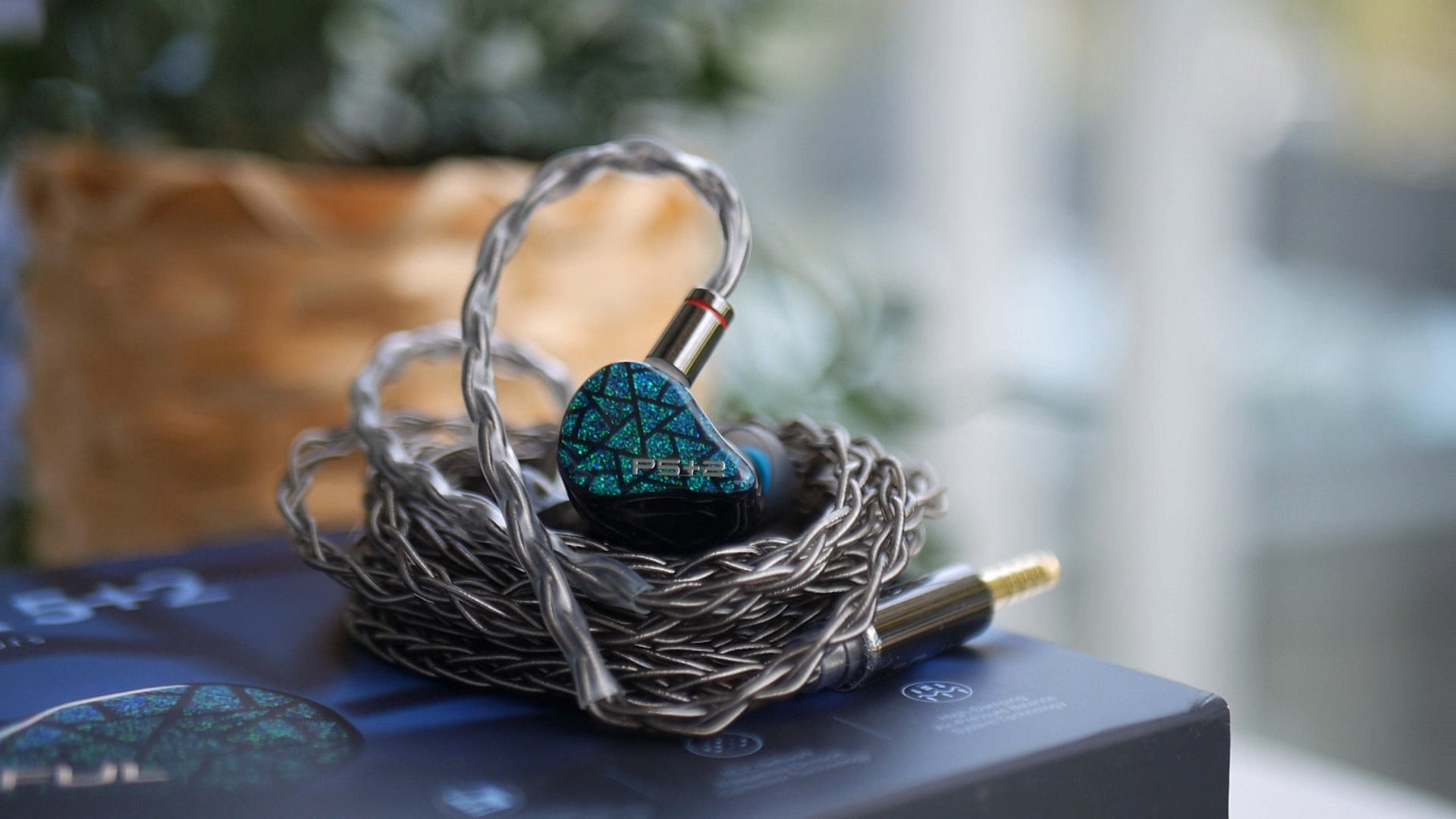
Forewords
- What I look for in an IEM is immersion. I want to feel the orchestra around my head, track individual instruments, and hear all of their textures and details. I’m not picky about tonality, as long as it does not make the orchestra, violin, cellos, and pianos sound wrong.
- I rate IEMs within with a consistent scale from 1 (Poor) to 3 (Good) to 5 (Outstanding). An overall ranking of 3/5 or above is considered positive.
- Ranking list and measurement database are on my IEM review blog.
- The terminology for subjective impressions in this review is based on the Audio Wheel for reproduced sound defined in the technical report ITU-R BS.2399-0
- This review is based on a review sample from AFUL, arranged by Hifigo (Thank you!). I have no affiliation with or financial interest in AFUL and Hifigo.
- The unit retails for AUD$366 at the time this review was published. Unaffiliated link: Hifigo web store
General Information
First, let’s talk about the naming situation of this IEM, and the fact that it has multiple names. Officially, this IEM is named Performer5+2, which indicates that it is a continuation of the original Performer5 and carries two additional drivers, namely a dynamic driver (DD) and a micro planar driver. Because the original Performer5 had 5 drivers, 1DD + 4 Balanced Armature (BA) drivers, adding two drivers bring the total number of drivers to 7, which means Performer5+2 is technically “Performer7”. Moreover, because Performer5+2 actually carries 2DD, 4BA, and 1 micro planar driver, technically, it should be called “Performer2+4+1.” For the sake of brevity, in this article, I would use the abbreviation “P7” to talk about Performer5+2. Many in the community also adopted the P7 abbreviation, so I hope you won’t be confused when seeing P7 across forums.
Now that we are clear about the naming situation, let’s talk about the technology inside P7. Let’s first talk about the returning technologies from previous AFUL releases before talking about the new ones. The high-precision 3D printed tube structures and the “RLC 3D frequency division” crossover circuits lay a foundation by allowing tuners fine-grained control over the response of each set of driver within P7. This time, AFUL utilises a 4-way crossover with 4 frequency bands: 10Hz-500Hz, 500Hz-3kHz, 3kHz-12kHz, and 12kHz-35kHz. The high-damping air-pressure balance system started all the way from P5, which handles both pressure release and improving the bass quality, also makes a return with P7.
P7 brings two new technologies to the entire AFUL IEM family. The first one is the use of two 6mm DD for bass. It is unknown if a true isobaric design is utilised here. It’s pretty much speculation at this moment, but it seems that the choice of two smaller DD rather than a large DD allows for a more agile transient response in the bass region without sacrificing the perceived power, leading to a rather excellent bass response and dynamic. I will discuss further in the listening impression.
The second new technology of P7 is the so-called “micro planar” driver. Unlike the prevalent 14mm drivers and the newer 6mm drivers, which have circular diaphragms and operate somewhat like miniaturized Audeze or Hifiman headphone drivers, the micro planar driver used by P7 is more akin to traditional BA drivers. In fact, the size of the driver itself is nearly identical to that of Knowles 30095, which is quite popular, both the genuine and the clone version. There are a few other IEMs using this type micro planar drivers, including Astell & Kern Zero1 and Zero2. Unfortunately, not much is known about these drivers. Still, the upper treble range where P7 utilises these drivers sounds pretty great.
Non-sound Aspects
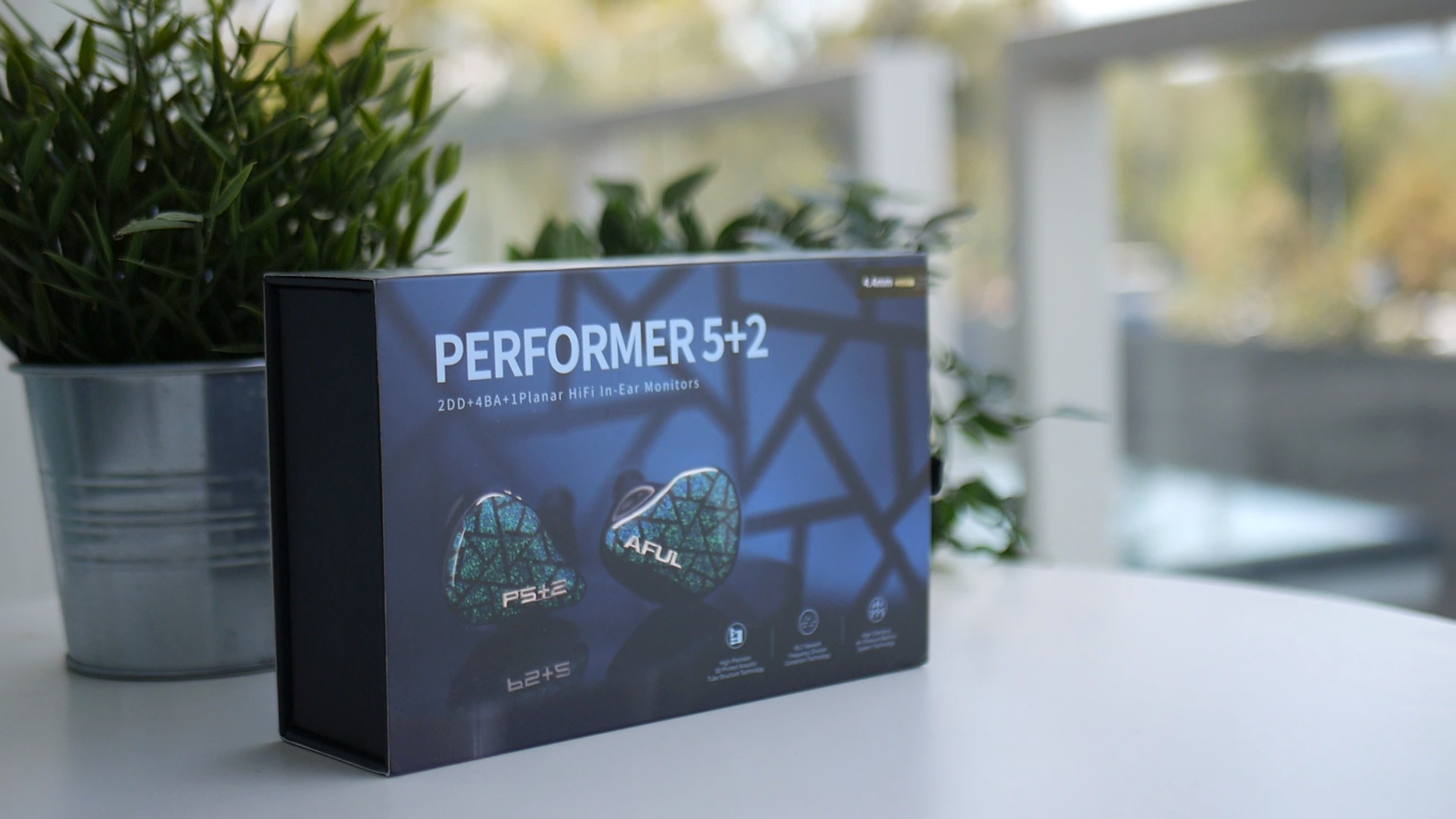

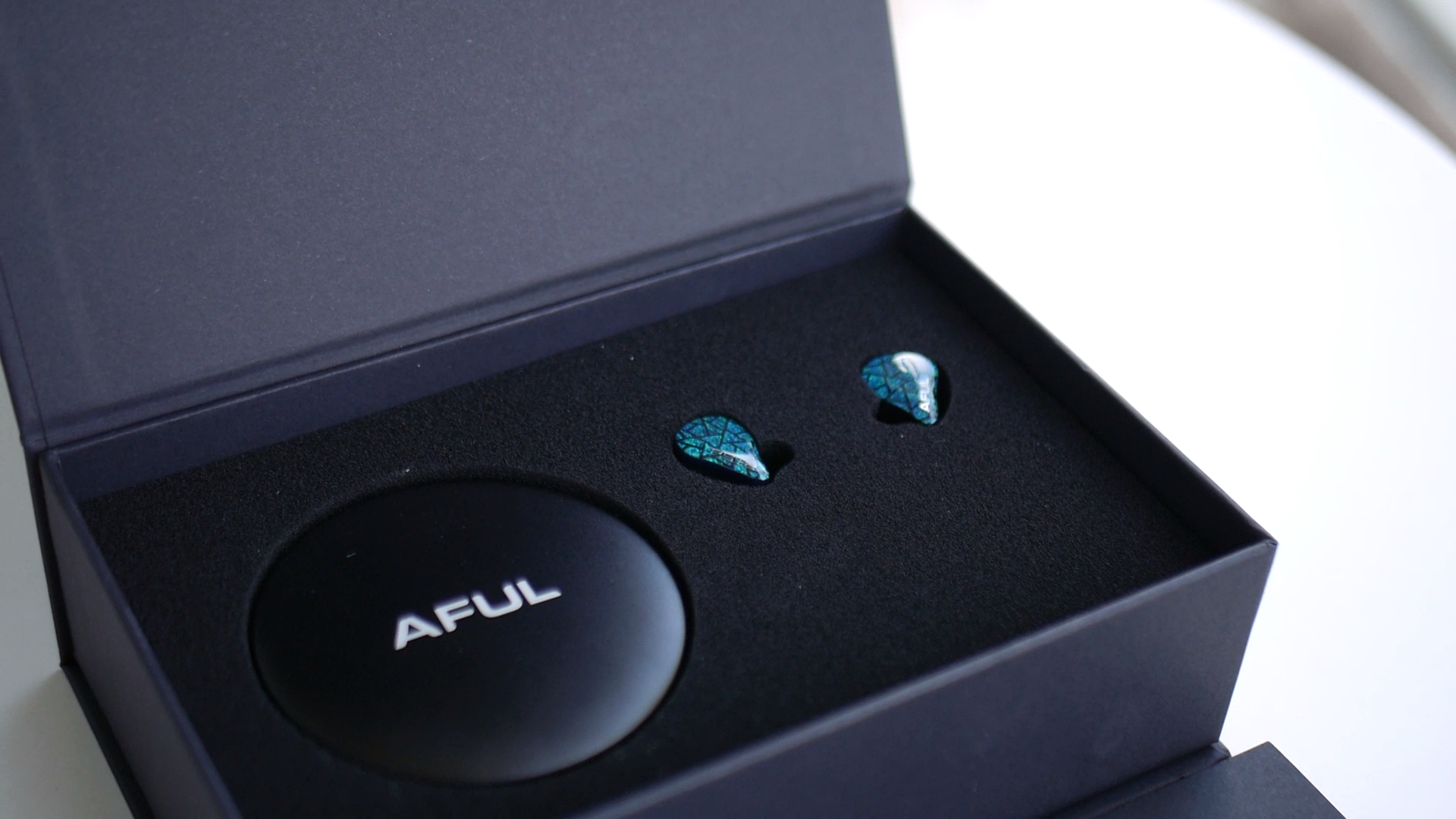
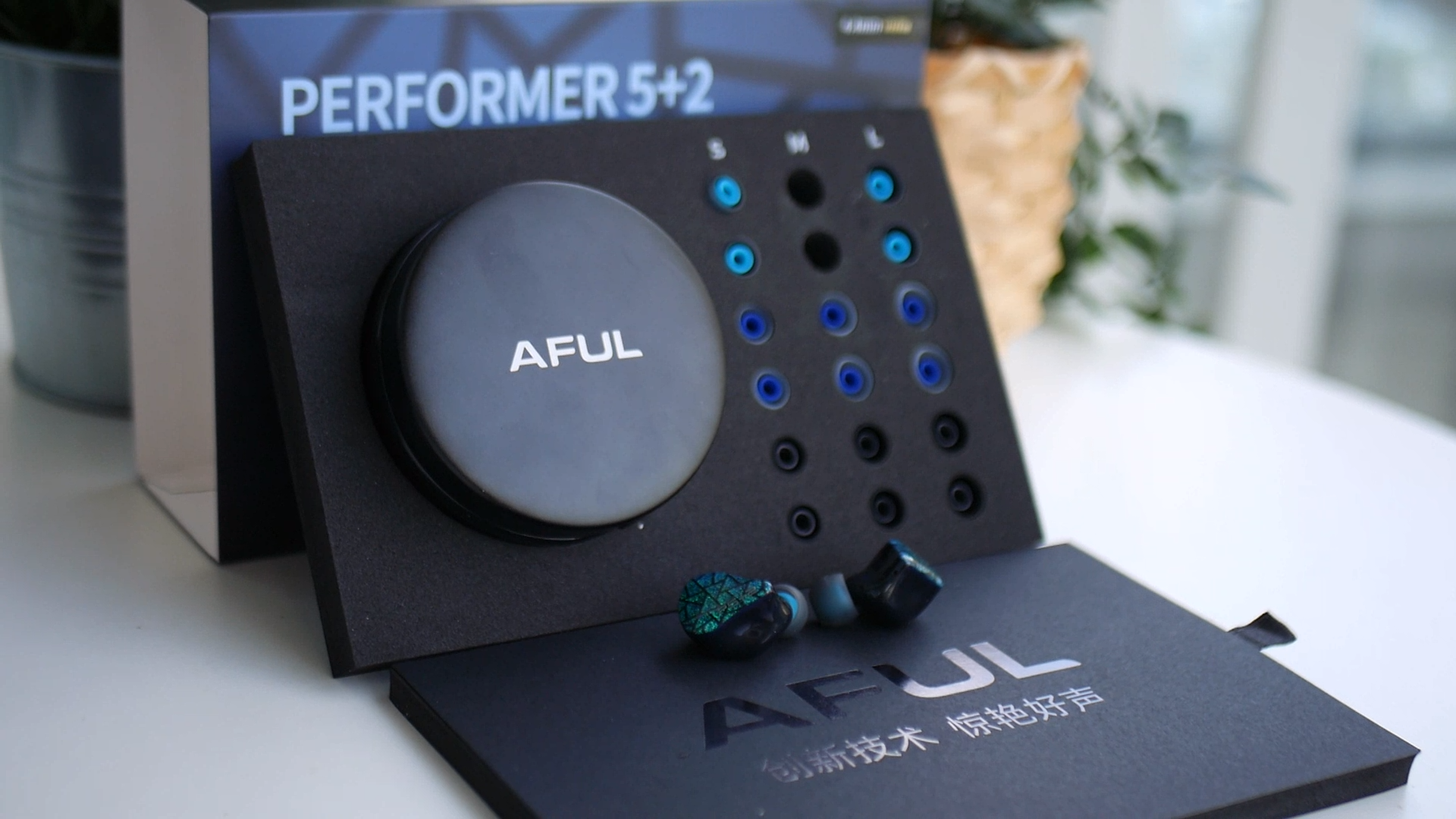
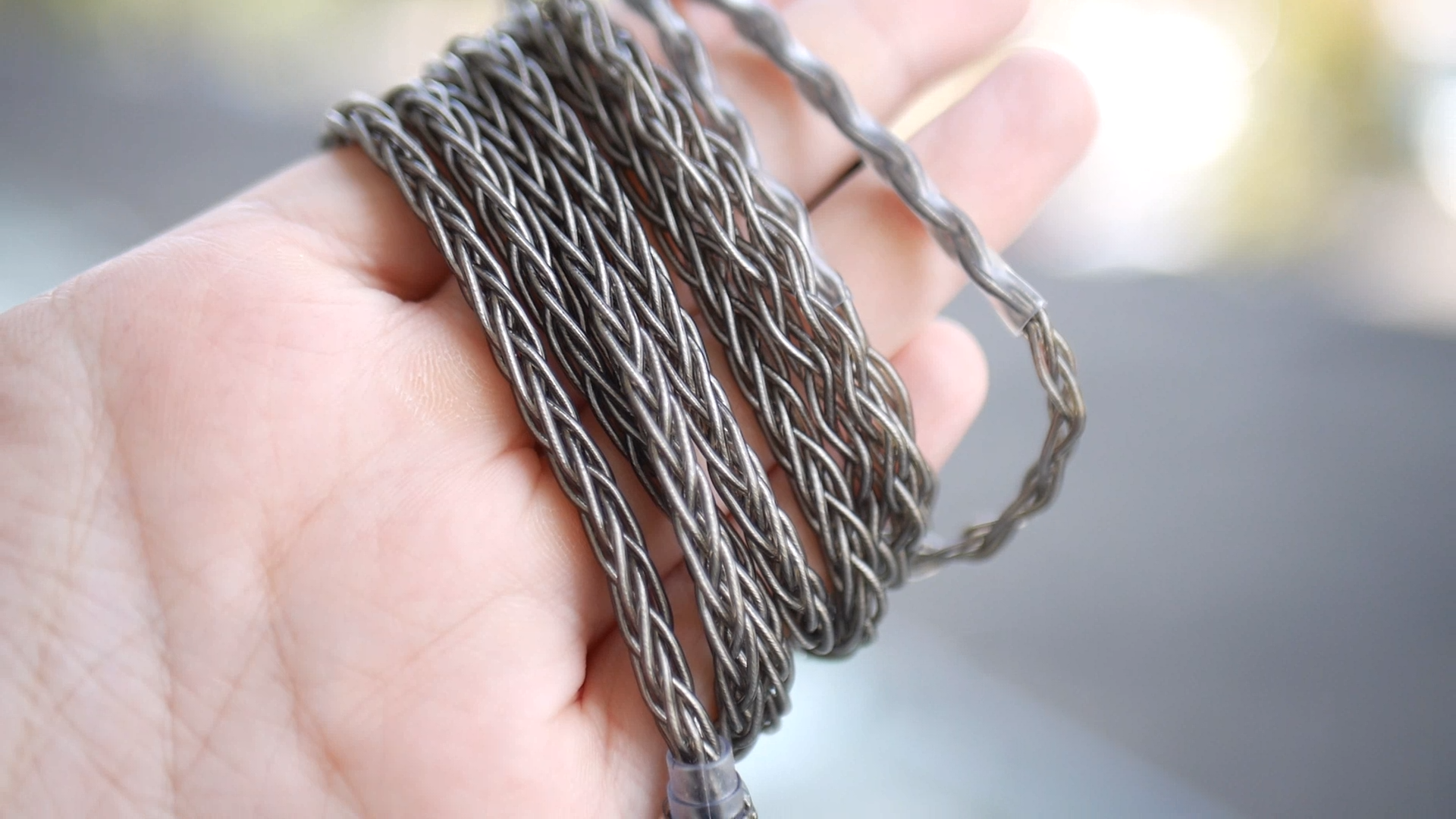
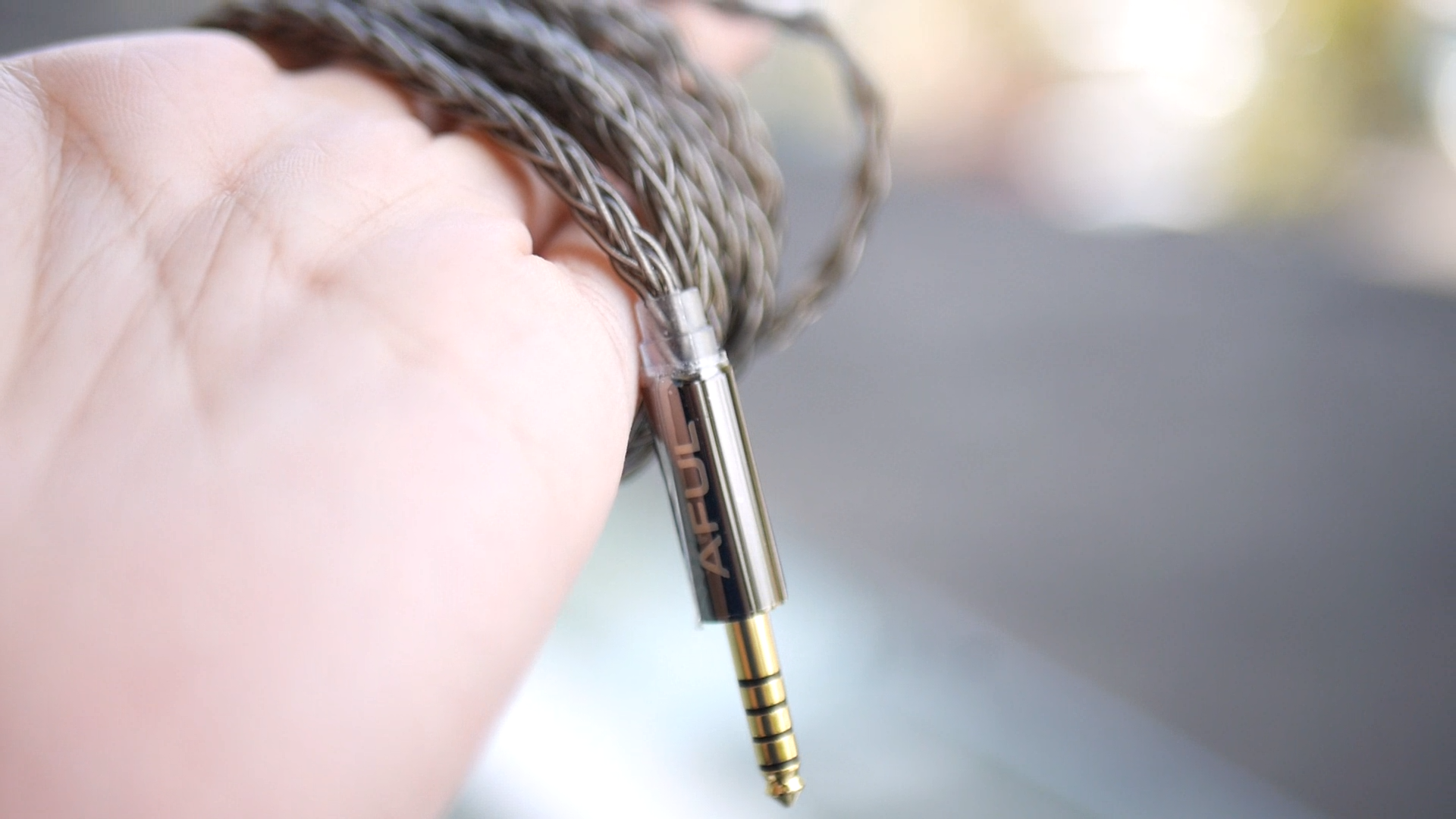
Packaging and accessories P7 comes in the usual packaging of AFUL: thick cardboard box with outer sleeve, custom foam cutout inserts to hold the content. Accessories have been upgraded comparing to P5. The plastic puck case to carry the IEM is now slightly flatter to increase the storage space within. The 8-wire IEM cable is way softer and easier to handle than the older cable. The types of included ear tips were also increased from 2 to 3. Each type has a different degree of hardness, and all of them provides the optimal length for fit P7 at the appropriate depth within the ear canal.
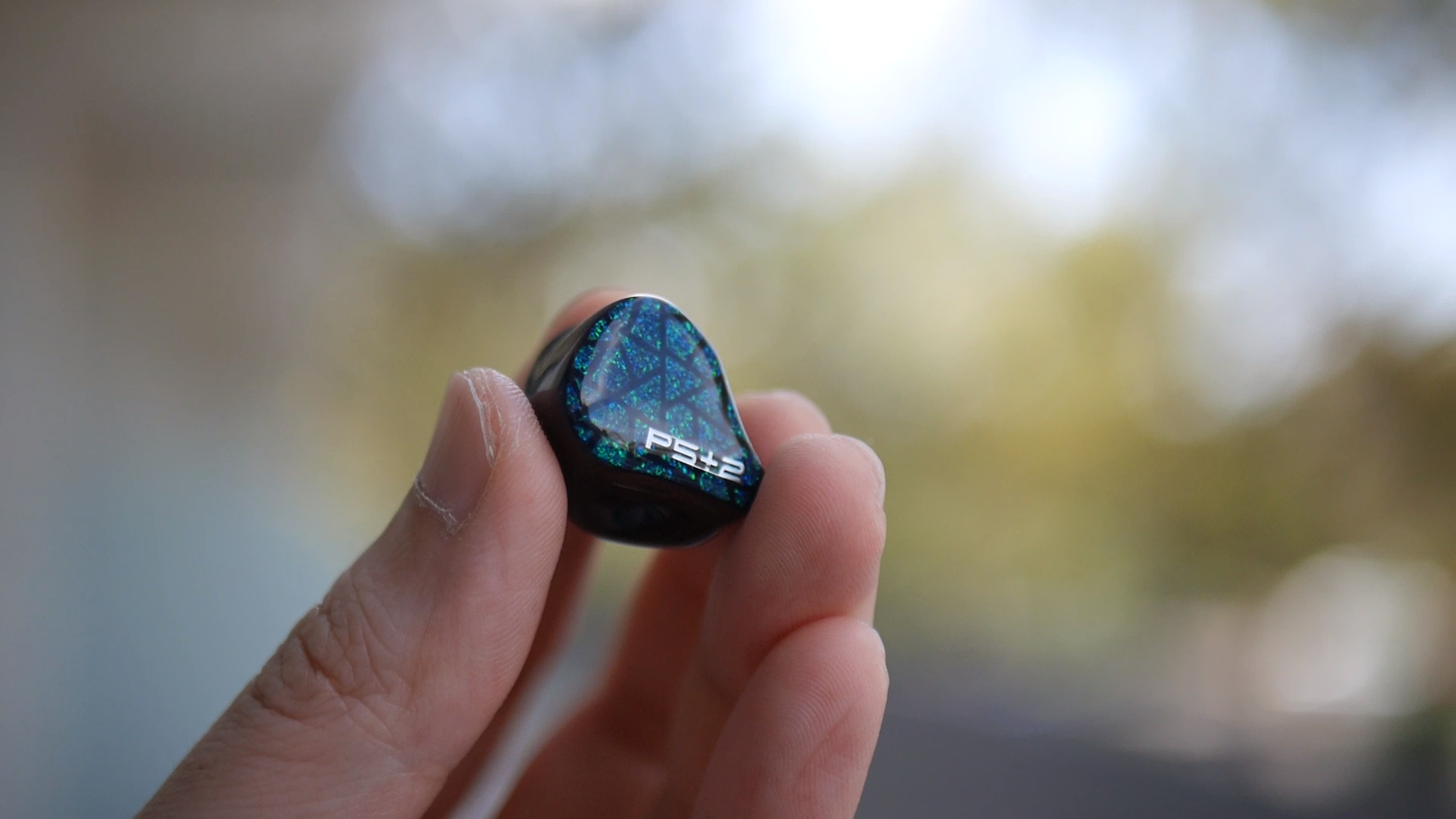
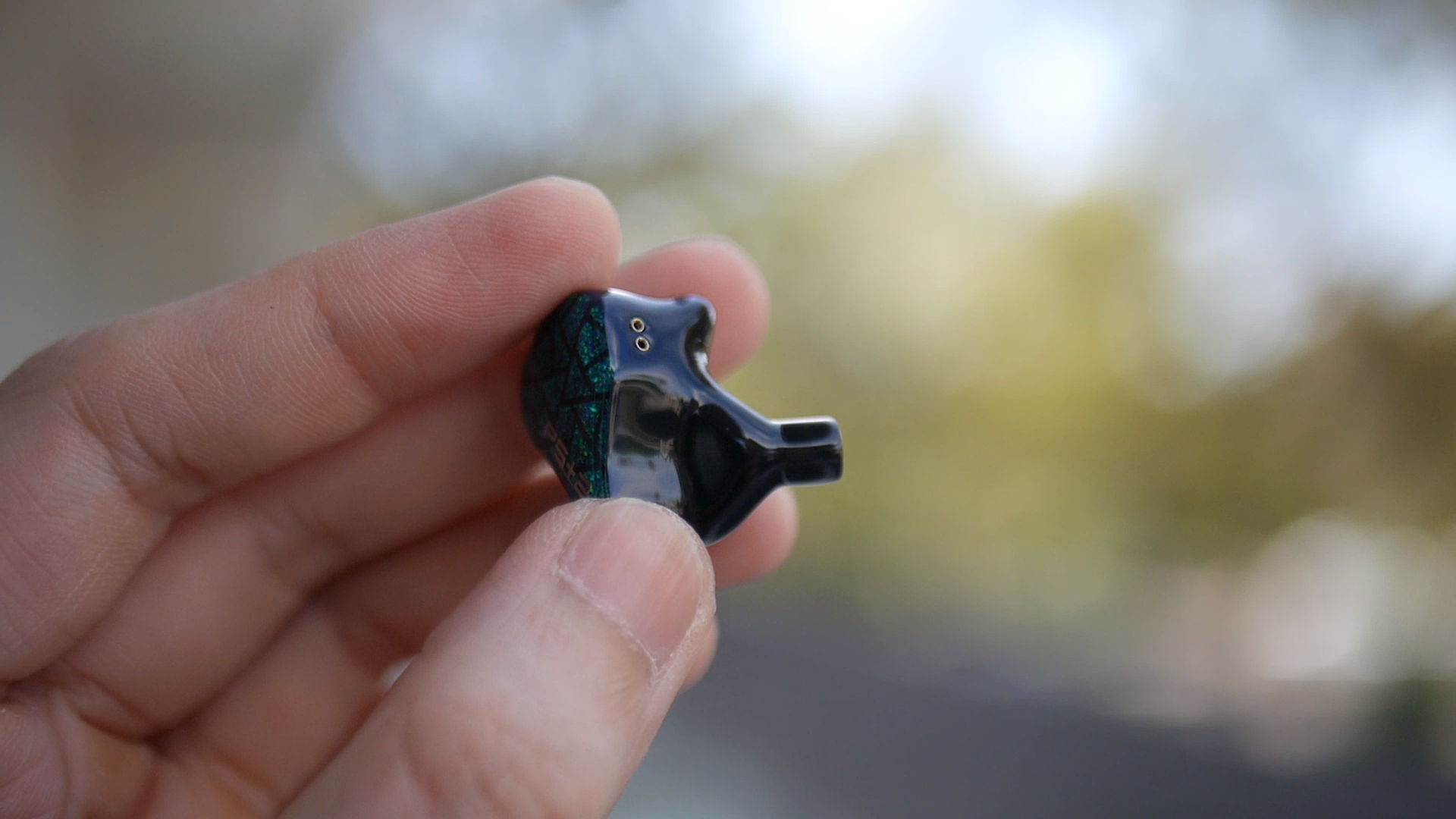
Earpieces design Very similar. The earpieces of P7 are on the smaller end of the spectrum. They are well contoured with no sharp edge. The nozzles of P7 are also smaller and longer than average.
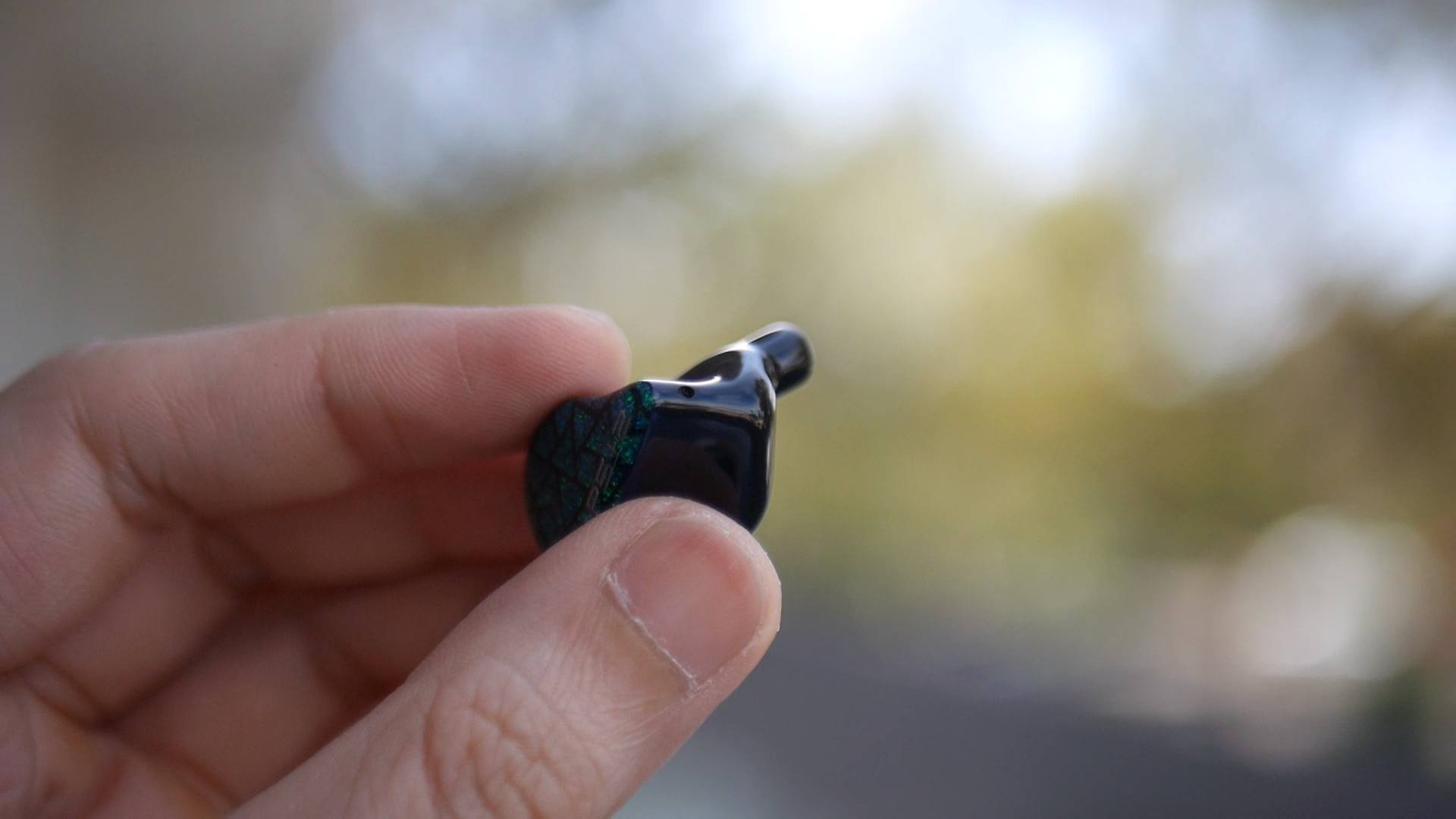
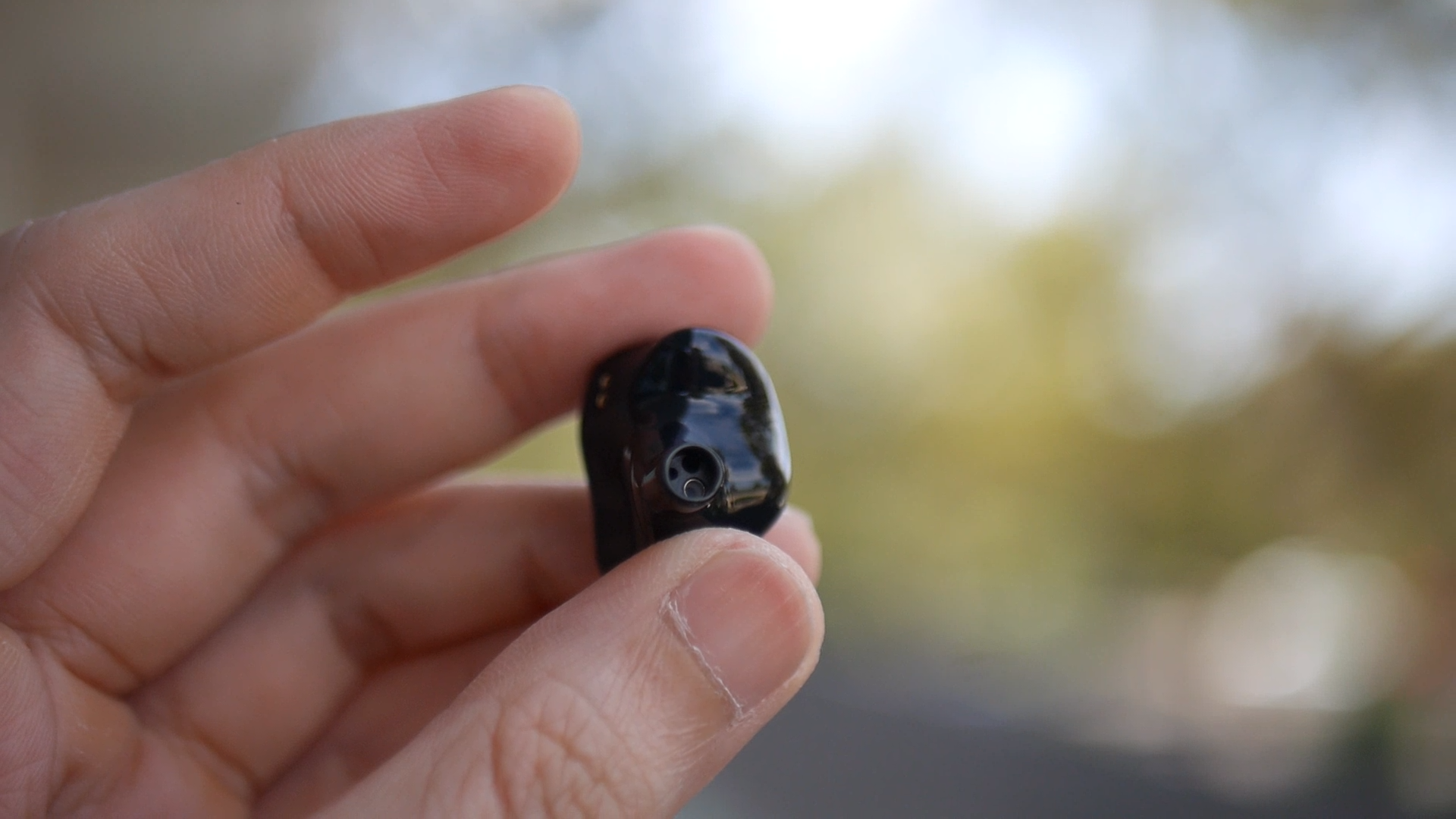
Fit, comfort and isolation Due to the smaller design, I find P7 to be very comfortable, even in long listening session that lasts hours. I did not experience pressure build up or driver flex in my tests, indicating that the pressure release mechanism works well. Interestingly, despite the pressure release, the isolation of P7 is rather strong, to the point that I regularly use P7 as earplugs for commute.
Ear tips recommendation: IEMs with stronger treble extension like most AFUL IEMs generally require a deeper fit. I would not recommend any ear tips that further extend the length of the nozzles and push the earpieces away from ear canal, such as Pentaconn Coreir ear tips. I did not find the need to swap ear tips with P7 and stick with the stock medium ear tips for most of my tests.
Sonic Performance
Testing setup:
- Sources: HiBy R3II, iBasso DX300, L&P W4
- Cable: Stock cable
- Ear tips: Stock medium ear tips
The subjective impression is captured using the lexicon in the Sound Wheel below. I’ll clarify the terminology as I use them. If you want to see more details of the lexicon and related reference, please have a look at the technical report ITU-R BS.2399-0.
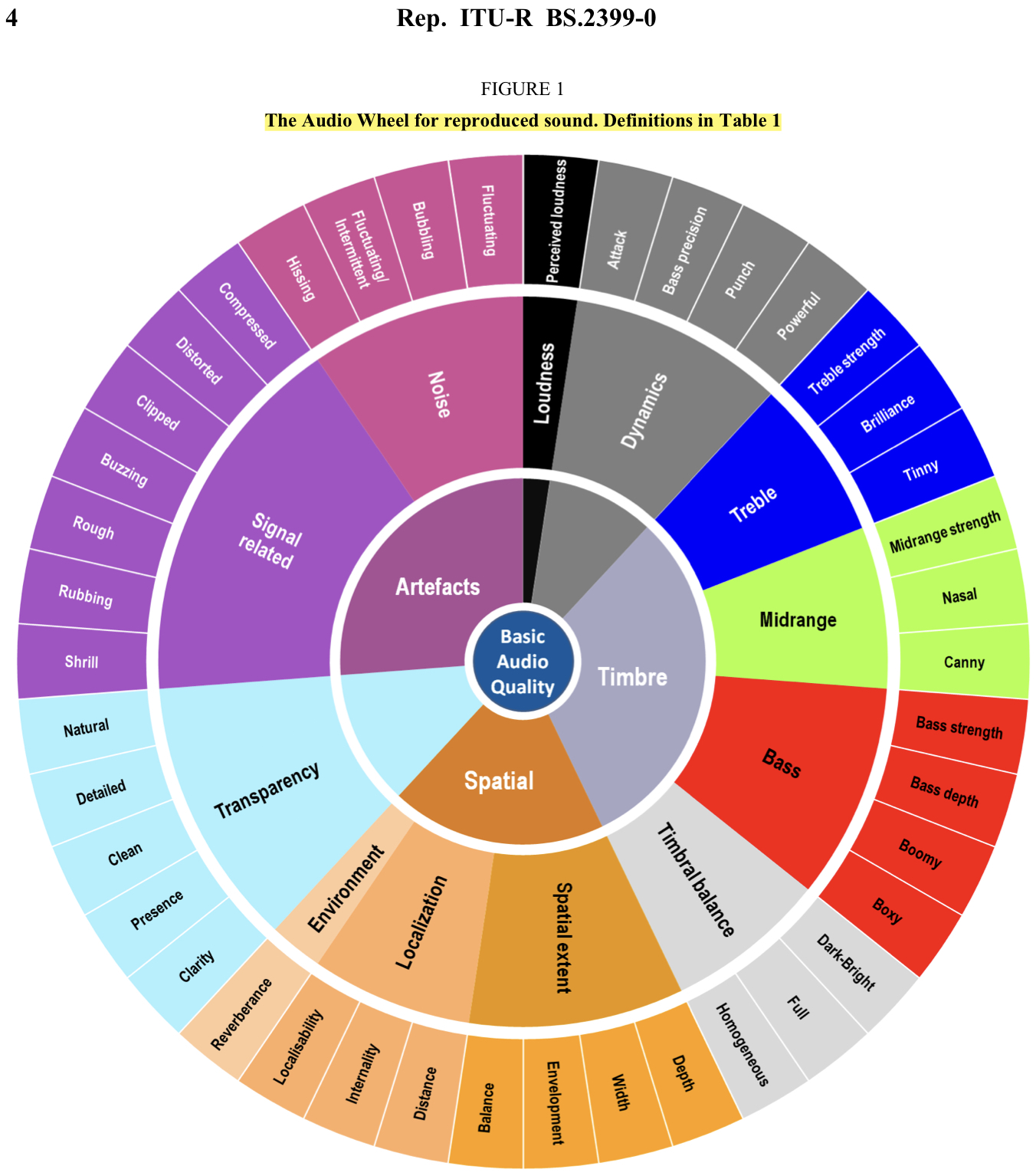
Timbre: It is helpful to think of an IEM as a filter that highlights or subdues different parts of the incoming audio signal. This effect can be measured objectively by the squiggly lines below, called Frequency Response (FR) graphs, which measure how loud an IEM is at different frequencies from 20Hz (bass) to 20kHz (upper treble). Subjectivity is how your ears and brain interpret the effect of that filter on your music and decide whether it is “enjoyable.” There are some “rules of thumb” when it comes to tonality, but most interesting IEMs usually bend the rules masterfully.

Figure shows the frequency response of Performer5+2 against the Performer5 and Explorer. Measurements were done with an IEC-711-compliant coupler and might only be compared with other measurements from this same coupler. Above 8kHz, the measurement likely does not match the response at the ear drum. Visit my graph database for more comparisons.

I would describe the tonality of P7 as “mild V-shape”. It has a boosted bass, slightly lifted lower midrange, and a certain degree of emphasis in the treble. However, the boosted frequencies are not overly exaggerated, thus keeping the overall tonality and the perceived “contrast” of P7’s presentation at a level that I consider neutral. As a result, all recordings across genres sound very balanced and natural with P7. It does not lack bass, yet does not make bass overshadow other parts of the mix. It does make treble stand out, without making treble too pronounced and fatiguing. I did not detect any problem in how P7 balances different sections in a large orchestra, different voices in a piano solo, nor different voices and instruments within a rock band. If I were to really nitpick, I would say the lower voices in piano solos sound a smidgen louder than how they should be.
Where P7 truly shines is how it presents the midrange. Thanks to the subtle lift in the lower midrange and the impeccable balance against the upper midrange, the midrange of P7 has a subtle warmth to make voices and instruments more pleasing (or dare I say… “musical”), I’m particularly impressed by how P7 handles the voice of Ed Sheeran even in sibilant recordings like Shivers. I pick this recording to discuss because it’s rather difficult. “Full Harman” IEMs would make his voice to thin and sharp to the point of being unlistenable. On the other hand, IEMs can add too much warmth or subdue the upper midrange so much that makes Ed’s voice muffled. Whilst P7 does nothing to remove the sharp sibilant of this recording, it does not intensify this undesirable characteristics. Where P7 impresses is how it imbues a subtle warmth to the voice of Ed, making it natural and rather pleasing.
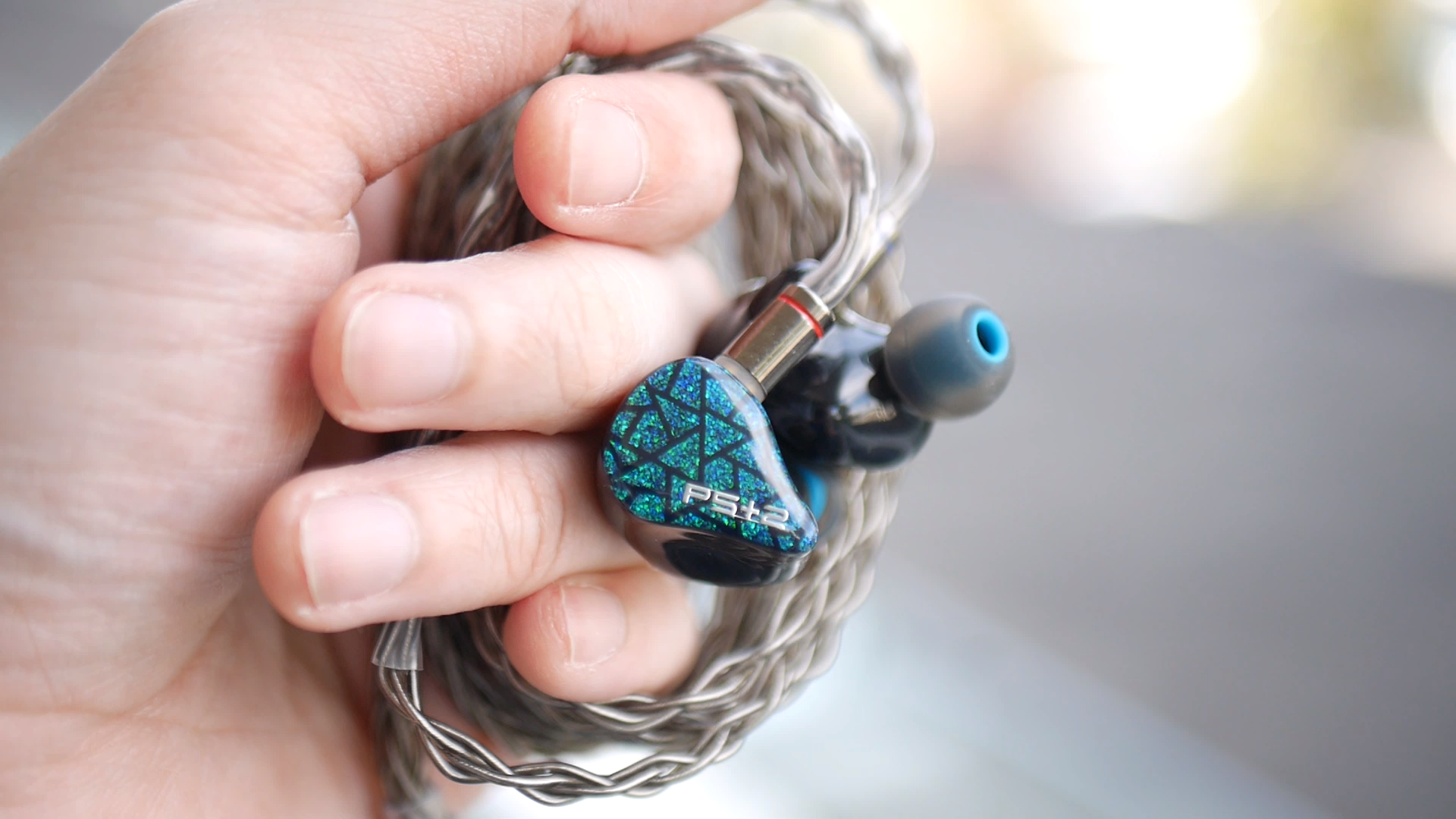
Other vocals are also handled with finesses. For example, Dreamland Express by John Denver and Kiwi wa Boku ni Niteiru by See-Saw both have pleasing vocals with pleasant tone and a great deal of nuances and details with P7. Cellos and strings (e.g., Now We Are Free by 2CELLOS, Ciaccona from Bach’s Violin Partita No.2 in D Minor, performed by Kavakos) also sound natural and pleasing with proper sense of body and weight, and a great deal of nuances and details. I’m particularly enjoy how P7 handles the changes in dynamic in Bach’s Violin Sonatas and Partitas. If I were to nitpick, I would say P7‘s tonality is a bit coloured, as if it is a bit “sweater” than what is dictated by a recording. Whether I prefer this presentation or a dryer presentation depends on the mood of the day.
Percussion, Bass, and perceived dynamic: In this section, my focus is the not just the bass, but rather the sense of dynamic of an IEM. Can it convey the sense of beat and rhythm? Can it reproduce transients, the fast and large jump of loudness in the music? Simply put, is this IEM toe-tapping? Creating this energy requires all parts of the frequency spectrum working together: treble energy around 4-6kHz conveys snappy attacks of stick hitting percussive instruments at the beginning of a beat, bass energy around 150Hz conveys the punchy sensation of the beat itself, whilst the subbass energy below 60Hz creates the physical rumble sensation that convey power and atmosphere. Weak treble response dulls the attacks. Weak bass makes beats hollow. Too much bass makes bassline blurry and dulls the sense of rhythm. Thus, “dynamic IEM” is a balancing art.
Bass and dynamic are where P7 shines the brightest.
The bass response of P7 strikes a balance between precision and power. The attack of bass transient is controlled and ”tight”, though not laser-sharp like the bass of BA woofers, such as the ones in AFUL Cantor. Noted that by “bass transient”, I’m not talking about the “snap” at the beginning of a bass note, such as when the drum stick hits the skin of a floor tom. That part is actually handled by treble, primarily the 4-6kHz region. I’m talking about the bass thump that immediately comes after the initial stick impact. Clean and tight transient means P7 can immediately go from pitch black background with no bass to full tilt “oomph!” without any smearing or sense of delay. And it does so without sacrificing the amount of oomph like some “reference-tuned” IEMs. Here, you have a full strength bass attack that goes from 0 to 100 quickly. The bass transient also dissipates quickly from the peak, but not too quick to trigger the uncanny “BA bass” sensation.
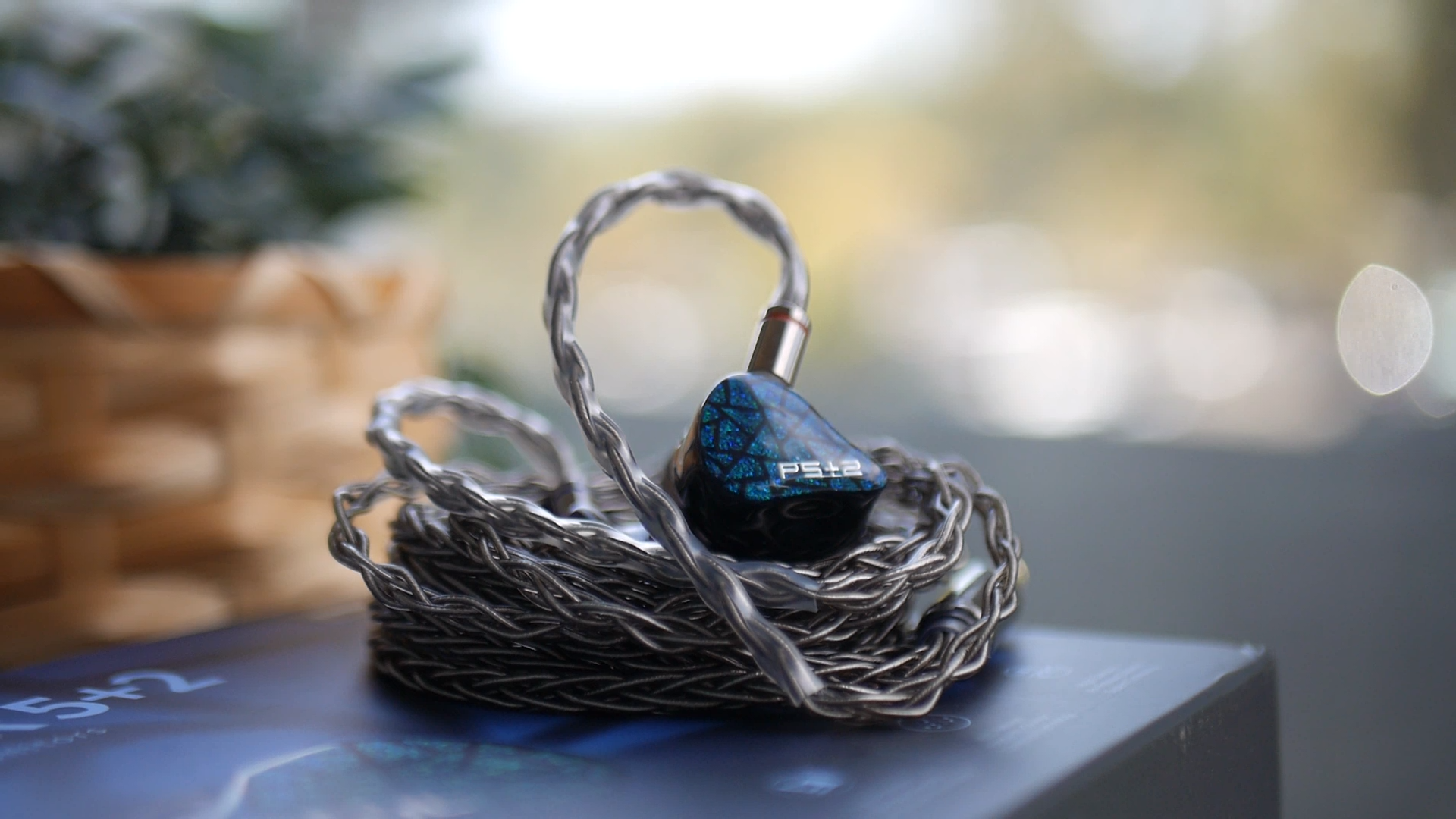
Another advantage of P7 is the texture, or more precisely, the detail of the bass. For example, when I listen to bass guitars or cellos, I can hear the inner details, the smaller vibrations that make up the notes of these bass instruments. As a result, I can hear and follow the pitch of bass line, rather than hearing only “boom boom boom”.
Perhaps the best way to convey the “niceness” of P7’s bass and dynamic would be how real it makes the drumkits sound and feel. Depending on the mix, it can feel like there are little drums in the virtual soundstage within and around my head, conveying real physical punches, as if I can reach out and grab them.
Resolution: To me, “resolution” can be broken down into three components: (1) Sharpness, incisiveness, or “definition” of note attacks (see the figure below). (2) The separation of instruments and vocals, especially when they overlap on the soundstage. (3) The texture and details in the decay side of the notes. The first two give music clarity and make it easy to track individual elements of a mix. The last provides music details and nuances. Whilst IEMs can “force” clarity by boosting treble to unnatural level, it might still lack resolution as it cannot “peel apart” complex tracks with overlapping instruments

Coming to P7 immediately after the extensive testing of the flagship AFUL Cantor, I expected to be disappointed by resolution of P7. In some sense, it was not a wrong statement. Coming from Cantor, I immediately find P7 less incisive, with less precise separation and layering between instruments. But that was not a fair assessment, so I used P7 exclusively for the new few days so that I can see how it stands outside the shadow of its flagship sibling. I walked away from the test, feeling rather amazed.
First, let’s talk about what I dub “macro resolution”, the overall incisiveness and definition of musical notes, especially important in complex recordings. P7 does a great job on this front indeed. It handles complex, overlapping instrumentations in tracks such as ABC feat. Sophia Black by Polyphia better than expected. It was rather easy for me to track and follow individual parts, including fainter overdubs on the sides of the stage. The dual DD woofers also handle recordings with congested lower frequencies such as Now We Are Free performed by 2CELLOS without any drama. Whilst the resolution on display here is not as effortless as the current top-class IEMs like Cantor, P7’s resolution would not be out of place from the pack of good “kilobuck IEMs” from a few years back. What more impressive is that I made these observations primarily from the HiBy R3II, a budget mini music player, and primarily on the go.

The “micro resolution”, or simply the sheer detail retrieval ability, is where the new planar driver of P7 shines. I’m impressed by the ability of this IEM to presents nuances in the music, particularly noticeable in sparse recording such as Ciaccona from Bach’s Violin Partita No. 2 in D Minor, performed by Kavakos. The violin has a lot of small details, and the decay end of the notes and reverberation are confidently conveyed. Cymbals, hi-hats, and brass instruments are also where P7 do a great job. I like how cymbals and hats have details and texture rather than simply high-pitched splashy sounds with P7.
Where does P7’s resolution fit in the large scheme? In A/B tests against my benchmark IEMs, I found that P7 comfortably matches or exceeds the venerable Andromeda 2020 in most recording. P7’s musical notes are more well-defined, instruments are more cleanly separated. It also matches, if not exceeds the detail retrieval of Andromeda across the spectrum. On the other hand, P7 sounds less precise next to Cantor and U12T.
Stereo imaging and soundstage: Stereo imaging or “soundstage” is a psychoacoustic illusion that different recording elements appear at various locations inside and around your head. Your brain creates based on the cues in the recording, which are enhanced or diminushed by your IEMs, your DAC, and your amplifier. In rare cases, with some specific songs, some IEMs can trick you into thinking that the sound comes from the environment (a.k.a., “holographic”)

One area where I didn’t expect P7 to excel was the soundstage and imaging. The reason of my scepticism was simple: soundstage has never been a strength of AFUL IEMs, particularly the original P5 which is supposed to the foundation of P7. To my surprise, P7 does an excellent job on this front.
First, let’s talk about the shape of the soundstage. Now, of course, the soundstage illusion would change across recordings, depending on how they are produced, so I’m going to talk about the “soundstage” of P7 from an aggregated view across multiple recordings. To me, the stage of P7 feels expansive, but not exaggeratedly so. The positioning of instruments starts from a “phantom centre” in the middle of my head, slightly behind the eyes and expands outward in all directions, including above and behind the ears. Higher pitches sounds, such as from cymbals and hi-hats tend to be positioned high above the ears in a way that feels like I can reach out and grab them. The positioning of singer moves from being strictly in the head at the phantom centre to hovering in front my face depending on the recording. However, singers and main instruments are rarely positioned too far away in the mix. Depending on your preference, this placement can be good or bad.

Tracks with interesting imaging such as Grandpa’s Theme from Stardew Valley soundtrack by ConcernedApe is where P7 shines. When the guitar tremolo comes around 0:40, I can position this sound as coming from slightly outside, behind my ears, whilst most other actions happen around the phantom center or in front of my head. In another track from the same album called “Settling In”, P7 can create multiple layers of sound at different distance: the keyboard at around 0:51 is positioned further to the back of my head, the main guitar is right at the center of the stage but slightly higher up, the bass guitar around 01:10 is also center but slightly tilted to the right and positioned lower in the stage. Finally, the string section joining at 0:38 is pushed further away, outside the soundstage, tricking me into thinking that it comes from the room outside the IEM.
Now, of course this IEM does not sound like I’m sitting in front of a two-channel system or “transported to a concert hall”. The soundstage of P7 is more like a bubble of sound around the head, where things can move around in an entertaining way. One of the major contribution to this illusion is the excellent noise isolation. I particularly enjoy the effect of putting wearing this IEM on commute, when the noise of bus and people cedes into the background and replaced by the soundstage of my music. It’s uncanny to the point I wonder whether people actually hear what I listen because it feels like the music fills in the space around me. (No, they don’t hear anything. I checked).
Where does P7 fit in the grand scheme? In A/B tests against my benchmark IEMs, I found that P7’s imaging is very similar to, again, the venerable Andromeda 2020. The key difference is that Andromeda concentrates everything around the phantom centre whilst P7 spreads the sound further out. This presentation gives P7 and edge as it is easier to appreciate the distribution of sound around the head than the more compact presentation of Andromeda. Moving up the scale, I found that P7 lacks the laser-sharp positioning of both Cantor and U12T, putting it half a step behind the “gatekeeper” of my outstanding class performance.
Driveability
One of the design goal of P7 was being easy to drive. After daily driving P7 with various DAC/amp devices, I would say AFUL has achieved their design goal.
With an impedance of 15 ohm and sensitivity of 109dB, P7 is sensitive enough to avoid stressing portable DAC/amp, and at the same time insensitive enough to not pick up hissing noise nor getting too loud to quickly. I found that I can pair P7 with a mini music player such as my HiBy R3II or even a bluetooth earhook receiver such as FiiO UTWS5 and still achieve the sound quality that is not far from listening with a full-sized player such as DX300. As a result, most of my listening with P7 was done with R3II.
Comparisons
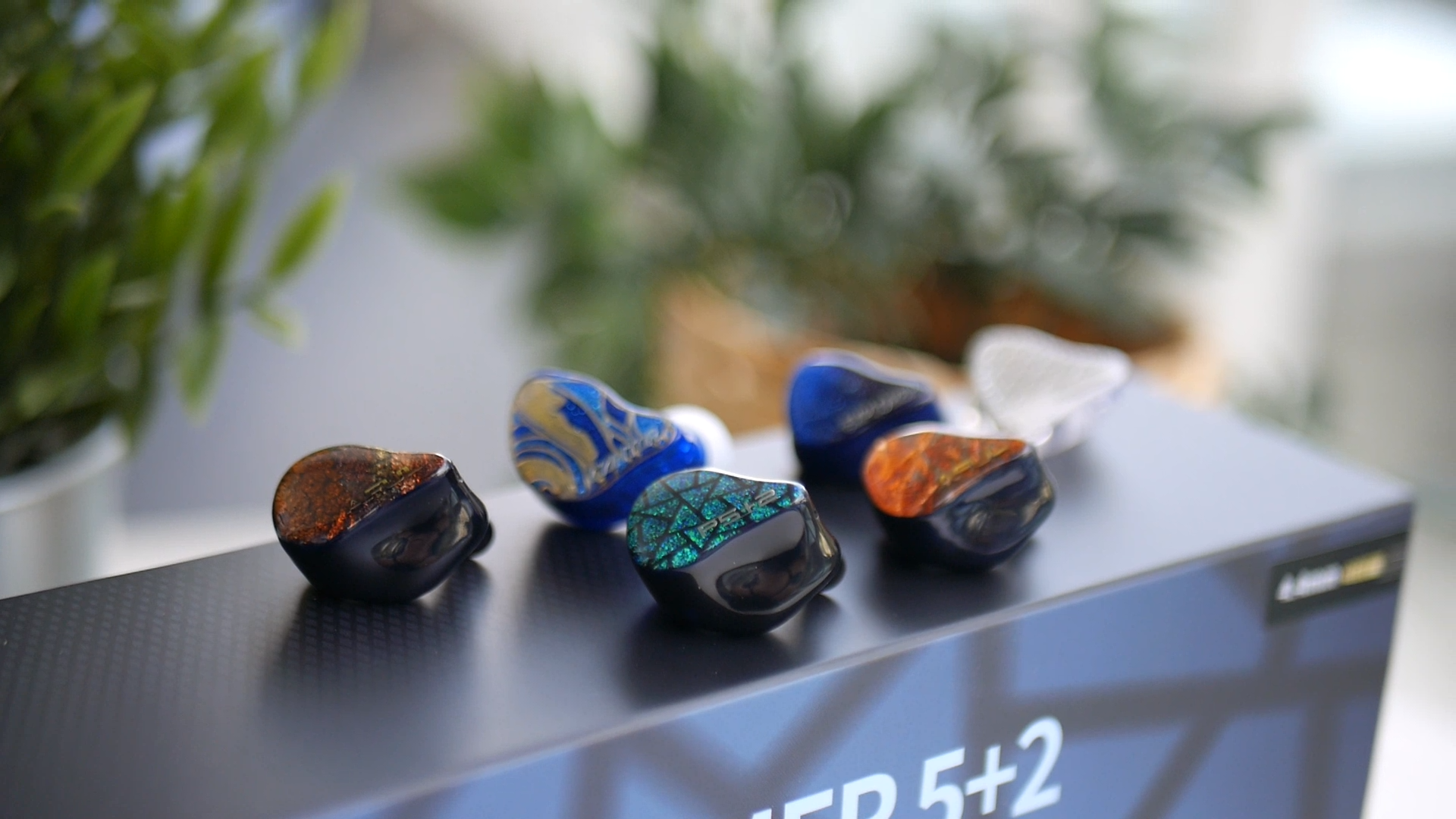
Vs AFUL Cantor:
- P7 is noticeably easier to driver than Cantor.
- P7 sounds richer and “wet” whilst Cantor sounds clean and dryer.
- P7 bass has more midbass thump and more decay, whilst Cantor feels more subbass focus and more precise.
- Note definition and instrument separation is noticeably better with Cantor.
- Micro detail is quite close. I feel that the P7 is slightly more resolving in the upper treble.
- Stereo imaging of Cantor is more precise.
- I think P7 and Cantor can complete a 2-IEM setup that covers most use cases.
Vs Symphonium Titan:
- Titan is significantly more difficult to drive than P7 (48/100 vs 32/100 volume on DX300).
- Titan has more bass than P7, to the point bass starts to become the main element of the mix.
- Titan bass is more about a big wave of rumble across the soundstage, whilst P7’s bass is more about precise and impactful punch.
- The resolution of both IEMs are very close. I find Titan to have a slight edge in the note definition.
- Ultimately, Titan is a bass specialist IEM, whilst P7 is a more-exciting-than-neutral IEM, so you would pick your poison here.
Vs AFUL Explorer:
- Explorer is more difficult to drive than P7.
- Explorer’s tonal balance is more tilted toward the bass than P7.
- Midrange of Explorer sounds thicker than P7, but the overall tonality and timbre is actually quite close.
- P7’s bass and dynamic feels more precise
- Resolution of P7 is a step up from Explorer
- If you want a bass specialist IEM in your collection, I think you can still pair Explorer with P7 as one would not make the other one redundant.
Vs AFUL P8:
- Both IEMs have nearly identical sensitivity when driven by DX300.
- The tonality of P8 sounds artificial next to P7.
- When the bass drop, P7 hits harder and more satisfying than P8.
- The soundstage of P7 feels more expansive and immersive next to P8.
- I find P7 an upgrade to P8. It’s time for AFUL to upgrade the P8 as well.
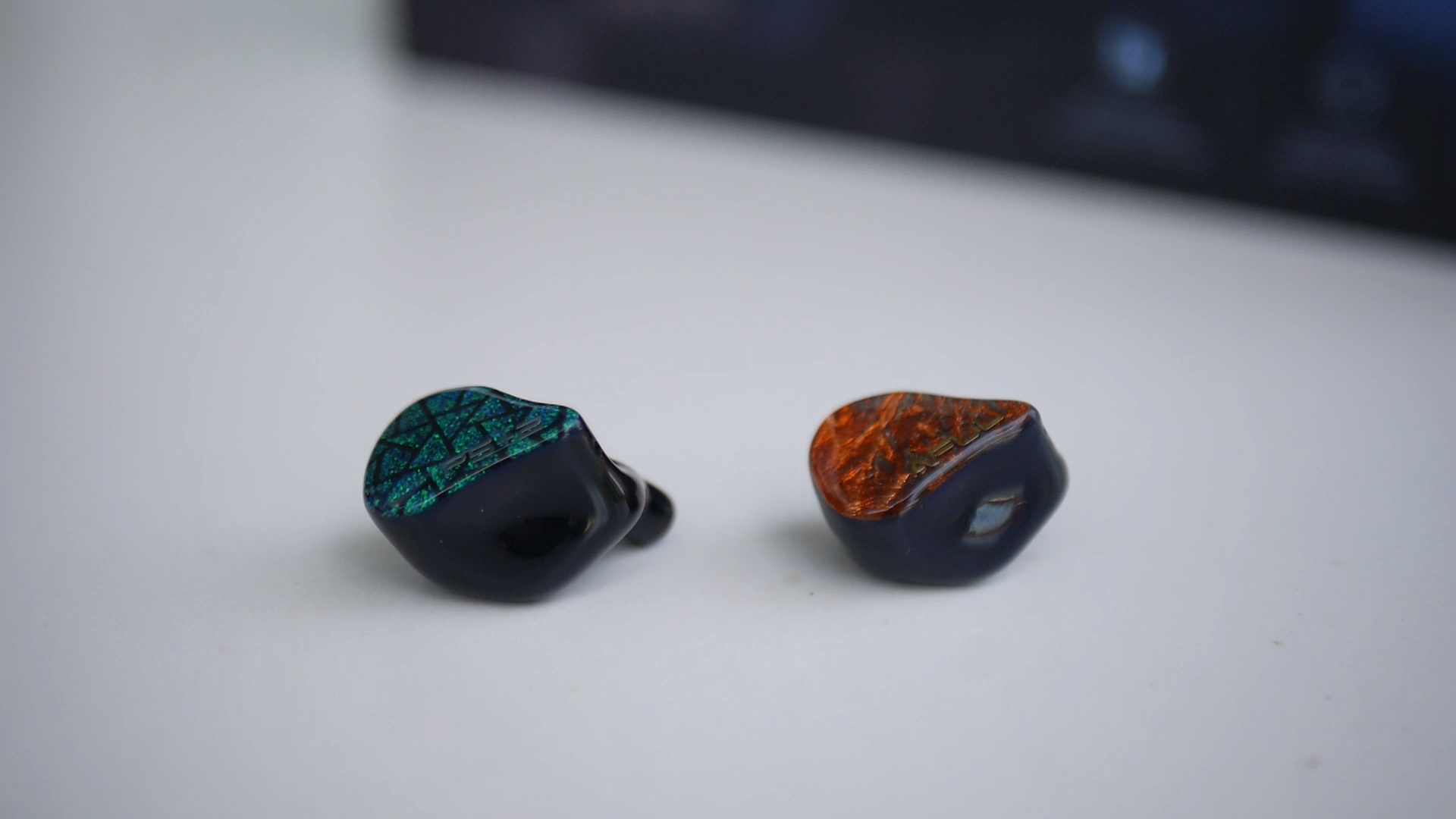
Vs AFUL P5:
- P7 is better on all fronts.
Conclusions

Performer5+2 (P7) was a surprise. Hot on the heel of the highly anticipated flagship Cantor, P7 suddenly appears with almost no rumours, no fanfares. And what a surprise it was. For the first time, AFUL brings a new driver type (micro planar) and a new driver topology (tribrid) to their product line, yet the end result was anything but experimental. It’s a full-packaged IEM, retailed with a surprisingly accessible price tag. In many senses, to me, P7 marks the dawn of a new era. For the IEM market as a whole, it’s the sign that we are breaking into a new price/performance territory. The expectation for IEMs above $250 has been raised.
For AFUL, it’s the dawn of a new “round.” What do you have in store for us this time? I can’t wait.
Seal of approval and recommendation without reservation.
What I like about this IEM:
- Excellent bass and dynamic. I particularly enjoy the realism of drumkits with P7.
- Excellent tonality and tonal balance.
- Surprisingly good detail retrieval
- Immersive and 3D soundstage and stereo imaging
- Excellent comfort
- Surprisingly good noise isolation
What could be improved:
- There are instance of treble sharpness around 5-6kHz region
- Instrument separation and precision of stereo image could be improved to complete the package
Absolute Sonic Quality Rating: 4.5/5 - Outstanding
- Tonality: 5/5 - Outstanding
- Bass and Dynamic: 5/5 - Outstanding
- Resolution: 4/5 - Great
- Stereo imaging and soundstage: 4.5/5 - Great
Bias Score: 5/5 - I love this IEM!

